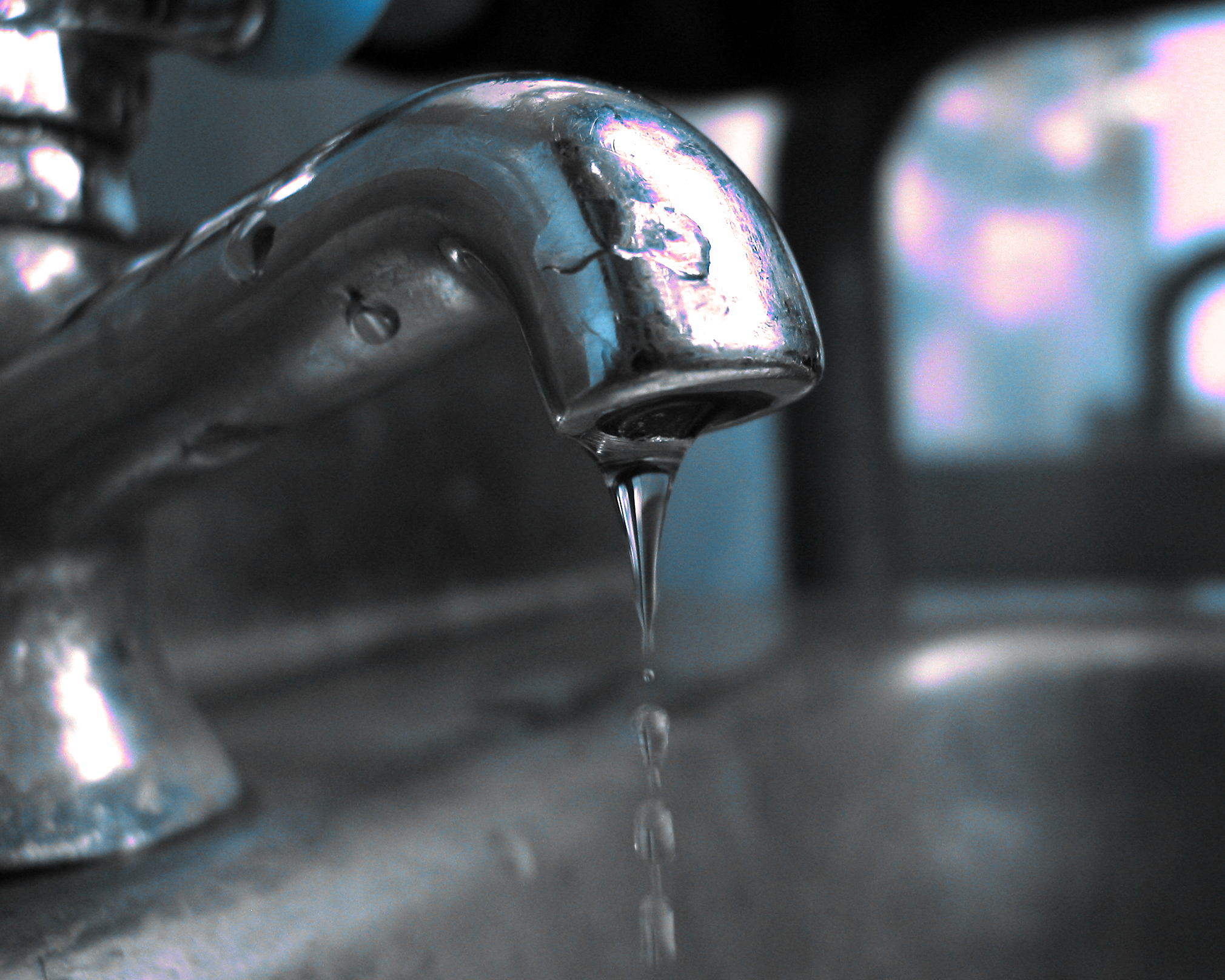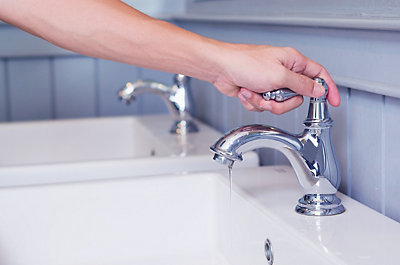Have you been in search of info about Should I Repair or Replace a Leaky Faucet??

Trickling taps may appear like a minor aggravation, but their impact goes beyond just the inconvenience of the audio. From drainage to incurring unneeded economic prices and health risks, disregarding a leaking tap can lead to various repercussions. In this short article, we'll explore why it's vital to resolve this usual family problem immediately and successfully.
Waste of Water
Environmental Impact
Dripping taps contribute considerably to water wastage. According to the Epa (EPA), a solitary faucet dripping at one drip per secondly can squander more than 3,000 gallons of water each year. This not only pressures water sources but additionally impacts communities and wildlife dependent on them.
Step-by-Step Overview to Repairing a Dripping Tap
Tools Called for
Before trying to fix a leaking tap, gather the needed tools, including a flexible wrench, screwdrivers, replacement components (such as washing machines or cartridges), and plumber's tape.
Common Tap Issues and Their Solutions
Recognize the type of faucet and the certain issue triggering the drip. Usual problems include worn-out washers, corroded valve seats, or malfunctioning O-rings. Describe supplier guidelines or on-line tutorials for detailed guidance on repairs.
Financial Costs
Increased Water Bills
Beyond the ecological influence, trickling taps can blow up water costs considerably. The collected waste in time translates into greater utility expenses, which can have been stayed clear of with timely repair work.
Potential Residential Or Commercial Property Damages
Moreover, long term leaking can lead to harm to fixtures and surface areas surrounding the faucet. Water accumulation can trigger staining, deterioration, and also structural concerns if left ignored, leading to added fixing prices.
Wellness Issues
Mold And Mildew and Mold Growth
The constant visibility of wetness from a trickling tap produces an optimal environment for mold and mildew and mildew development. These fungi not just jeopardize interior air quality yet likewise posture health and wellness risks, specifically for individuals with breathing problems or allergies.
Waterborne Illness
Stagnant water in trickling taps can become a breeding place for microorganisms and other pathogens, boosting the danger of waterborne conditions. Impurities such as Legionella bacteria flourish in stagnant water, possibly leading to serious diseases when ingested or inhaled.
DIY vs. Professional Repair
Advantages and disadvantages of DIY Repair Work
While some may try to deal with a trickling faucet themselves, DIY fixings feature their own set of obstacles. Without appropriate understanding and devices, do it yourself attempts can aggravate the issue or cause insufficient repair work, extending the trouble.
Benefits of Working With a Professional Plumber
Employing an expert plumber makes certain that the underlying cause of the dripping faucet is dealt with efficiently. Plumbing professionals have the proficiency and devices to diagnose and repair tap issues efficiently, conserving time and decreasing the threat of more damage.
Environmental Responsibility
Specific Payment to Preservation
Taking obligation for repairing dripping taps straightens with broader efforts toward water preservation and environmental sustainability. Every individual's activities jointly make a significant impact on preserving precious sources.
Sustainable Living Practices
By prioritizing punctual fixings and embracing water-saving practices, individuals add to sustainable living methods that benefit both existing and future generations.
Preventive Measures
Regular Upkeep Tips
To prevent trickling faucets, execute regular maintenance such as cleaning up aerators, inspecting for leakages, and changing worn-out components quickly. Additionally, think about mounting water-saving devices or updating to extra efficient fixtures.
Relevance of Prompt Fixes
Addressing dripping faucets as quickly as they're seen prevents further water wastage and potential damages, ultimately saving both water and money over time.
Effect On Residential Or Commercial Property Value
Assumption of Well-Maintained Residential Property
Preserving a residential property in good condition, including addressing upkeep issues like trickling faucets, improves its regarded value and worth among possible purchasers or tenants.
Impact on Resale Value
Characteristics with properly maintained plumbing fixtures, consisting of taps, command higher resale values in the property market. Addressing trickling faucets can contribute to a favorable impact throughout property evaluations and settlements.
Verdict
Resolving a dripping faucet goes beyond mere ease; it's an essential step toward saving water, decreasing monetary expenses, and protecting health and wellness and building. Whether with do it yourself fixings or expert support, taking action to repair leaking faucets is a little yet impactful way to promote liable stewardship of sources and contribute to a much healthier, a lot more sustainable future.
How to Fix a Leaky Faucet: Step-by-Step Repair Guide
A leaky faucet may seem like a simple annoyance, but if it's not fixed promptly, that leak could cost hundreds to potentially thousands. From water damage to mold, mildew, and high water bills, even a tiny leak can be catastrophic if left unattended. Damage like this can even affect the overall value of your home, so it's important to take the right approach for leaky faucet repair. You may need the help of a plumber in some cases, but we've got a few tips you can try on how to fix a leaky faucet before calling the pros.
Four Faucet Types
When you're learning how to fix a leaky faucet, the first step is knowing what kind of faucet you're working with! There are four common types.
Cartridge Faucets
Cartridge faucets come in one- or two-handled varieties. In one-handled cartridge faucets, hot and cold water combines in a single cartridge. In the two-handled versions, hot and cold water are controlled separately and mixed in the faucet.
Ball Faucets
Ball faucets have a single lever you push up and down to adjust the pressure and rotate to change the temperature. A slotted metal ball controls the amount of water allowed into the spout.
Compression Washer Faucets
They're the oldest type of faucet, but they're still used in many homes — especially older ones. Compression faucets have two separate handles that, when turned, raise or lower the washer that seals a water valve. This valve stops water from flowing through the faucet when it is turned off.
Disc Faucets
Disc faucets rarely need to be repaired due to their maintenance-free design. The water flow is controlled by two discs — the upper one raises and lowers against a fixed lower disc, creating a watertight seal. If your disc faucet starts leaking, you may need to replace the seals or clean residue buildup from the inlets.
Fixing a Leaky Faucet
Step 1: Turn Off the Water
Whether you're learning how to fix a leaky bathtub faucet or how to fix a leaky kitchen faucet, always turn off the water supply to your working area when you're fixing a leak. The last thing you want is a flood added to your list of things to fix.
Look for the shutoff valves below your sink or around the tub and turn them clockwise to stop the water flow. If your faucet doesn't have shutoff valves, you may need to turn off the water for the whole house. Check to make sure it's off by turning the faucet on. If nothing comes out, you're ready to start the repair.
Step 2: Take Apart the Faucet
How you disassemble your faucet depends on the type of fixture you have. You can use a flathead screwdriver to remove the caps on top of the handle or handles for cartridge and compression faucets. Inside, you should see handle screws. Unscrew these with a screwdriver to remove the handle.
Disc- and ball-style faucets will typically have an inlet screw near the handle, and removing that will reveal the interior of the faucet.
Detach the Valve Stem
For cartridge- and compression-style faucets, you'll see the inner valve stem or cartridge once you remove the faucet handles. If you have a compression faucet, unscrew the brass valve stem. If you have a cartridge faucet, pull out the cartridge. If your cartridge has been in place for a while, it may require some tools or extra force to remove it due to mineral deposits.
Examine and Replace Parts
Once you've removed the parts, check them out to confirm what needs to be replaced. You may see corroded rubber washers, O-rings, stems, or cartridges. On a ball-style faucet, check the seats and springs for damage.
If you need to repair a leaky disc faucet, check the inlet and seals on the lower disc.
Once you determine what parts must be replaced, visit your local hardware store. Bring the damaged parts with you to ensure you can purchase the correct components to replace them.
Clean Valves and Faucet Cavity
If you've removed a stem or cartridge, you may notice mineral buildup in the faucet's threads. Use white vinegar to clean the valve seat by soaking it for a few minutes, then scrub it away with a soft toothbrush and rinse with warm water. You can also clean the interior of the faucet in the same way.
Reassemble the Faucet
Once your faucet is cleaned and the required parts have been replaced, it's time to reassemble it. Put the pieces back together and slowly turn the water supply back on. Doing this slowly is crucial because too much initial water pressure can damage the new hardware you've just installed.
https://homewarranty.firstam.com/blog/how-to-fix-leaky-faucet

As a passionate person who reads about 4 Common Reasons for a Leaky Faucet, I think sharing that piece of writing was beneficial. Remember to pause to distribute this blog posting if you appreciated it. Thanks a bunch for being here. Return soon.